You’re cruising down the highway, your Ford Ranger purring like a contented tiger, when suddenly you wonder: “Can this beast handle that 6,000-pound camper I’ve been eyeing?” It’s a question that’s crossed the minds of truck enthusiasts, weekend warriors, and even the occasional overambitious DIYer. The Ford Ranger has long been a symbol of rugged reliability, but when it comes to towing, knowing its limits is the difference between a smooth ride and a roadside disaster.
Experts like Chris Harris, the automotive journalist known for his no-nonsense reviews, have praised the Ranger’s versatility. Meanwhile, Mike Levine, Ford’s North America Product Communications Manager, has often highlighted its towing capabilities in interviews. Even Elon Musk, the tech mogul who’s redefined transportation, has indirectly influenced the truck world by pushing the boundaries of what vehicles can do. But let’s get back to the Ranger—how much can it really pull?
In this guide, we’ll break down everything you need to know about the Ford Ranger’s towing capacity. From engine specs to hitch setups, we’ll explore how to maximize its power without pushing it past its limits. Whether you’re hauling a boat, a trailer, or just your ego, this is the ultimate resource for Ranger owners and aspiring truck enthusiasts alike.
What Determines Towing Capacity?
When it comes to towing, not all Ford Rangers are created equal. The amount your truck can pull depends on a mix of factors, from the engine under the hood to the hitch at the back. Let’s break it down.
Engine Power: The Heart of the Matter
The 2.3L EcoBoost engine is the star of the show for most modern Rangers. With 310 lb-ft of torque, it’s a turbocharged powerhouse that can handle heavy loads with ease. Older models, like those with the 3.2L diesel engine, offer even more torque (347 lb-ft) but are less common in North America. Think of it like choosing between a sprinter and a marathon runner—both are strong, but one’s built for endurance.
Transmission & Drivetrain: The Unsung Heroes
The 10-speed automatic transmission in newer Rangers is a game-changer. It shifts smoothly, even under heavy loads, and helps maintain optimal engine performance. Meanwhile, the drivetrain—whether it’s rear-wheel drive or four-wheel drive—plays a role in how well your Ranger handles the weight. Four-wheel drive is great for off-road adventures, but rear-wheel drive often provides better towing stability on paved roads.
Axle Ratio: The Secret Sauce
Ever heard of axle ratio? It’s the number that tells you how many times the driveshaft turns for every rotation of the wheels. A higher ratio, like 4.10, is better for heavy towing because it provides more torque to the wheels. A lower ratio, like 3.73, is more fuel-efficient but less suited for pulling heavy loads. It’s like choosing between a low gear on a bike for climbing hills or a high gear for cruising on flat terrain.
Tow Package Upgrades: The Cherry on Top
If you’re serious about towing, the Tow Package is a must. It includes a trailer brake controller, which is essential for stopping heavy loads safely, and a reinforced cooling system to prevent overheating. Think of it as adding a turbo boost to your Ranger’s towing capabilities.
Best Ranger Engine/Trim for Towing
2.3L EcoBoost (Best for Most Users)
If you're looking for a balance of power and efficiency, the 2.3L EcoBoost engine is your go-to. This turbocharged powerhouse delivers a whopping 310 lb-ft of torque, making it perfect for most towing needs. Paired with a 10-speed automatic transmission, it ensures smooth shifting even under heavy loads. Add the FX4 Off-Road Package, and you’ve got a truck that’s as tough as it is reliable.
3.2L Diesel (For Heavy-Duty Towing)
For those who need to tow heavy-duty loads, the 3.2L Diesel engine is a solid choice. With 347 lb-ft of torque, it’s built for the long haul. However, it’s worth noting that this engine is less common in North America. If you’re planning to tow heavy trailers over long distances, this might be the engine for you—but don’t expect the same zippy performance as the EcoBoost.
Must-Have Towing Upgrades
To get the most out of your Ranger, consider these essential upgrades:
- Class IV Hitch: Rated for up to 7,500 lbs, this hitch is a must for serious towing.
- Electronic Brake Controller: Mandatory for heavy trailers, it ensures you can stop safely.
- Upgraded Cooling System: Prevents overheating, especially when towing in hot weather or up steep grades.
Comparison with Maverick & F-150
Ford Maverick (Hybrid vs. EcoBoost)
The Ford Maverick is a great option for those who don’t need the heavy-duty towing capabilities of the Ranger. The Maverick Hybrid maxes out at 2,000 lbs, while the Maverick EcoBoost can tow up to 4,000 lbs. While it’s a capable little truck, it’s still no match for the Ranger’s towing prowess.
Ford F-150 (When to Upgrade?)
If you’re regularly towing over 7,500 lbs, it might be time to consider the Ford F-150. The base V6 model can tow between 8,000 to 11,000 lbs, while the PowerBoost Hybrid can handle up to 12,700 lbs. The F-150 is a beast on the road, but unless you’re towing heavy loads regularly, the Ranger will serve you just fine.
Tow Ratings by Model Year
When it comes to towing, not all Ford Rangers are created equal. The towing capacity varies significantly depending on the model year, engine, and available upgrades. Let’s break it down by generation to help you understand what your Ranger can handle.
2019-2024 (Current Generation)
The current generation of Ford Rangers, starting from 2019, is a powerhouse in the mid-size truck segment. Equipped with the 2.3L EcoBoost engine and the optional Tow Package, these models can tow up to 7,500 lbs. This makes them ideal for hauling boats, campers, or heavy equipment. The 10-speed automatic transmission ensures smooth shifting, even under heavy loads, while the advanced cooling system prevents overheating during long hauls.
2011-2018 (Global Models)
If you’re driving a global model from 2011 to 2018, you’re likely working with the 3.2L diesel engine. While this engine offers impressive torque (347 lb-ft), its towing capacity maxes out at 6,000 lbs. These models are still highly capable, especially for long-distance towing, but they fall short of the current generation’s capabilities. The 6-speed automatic transmission is reliable, though not as refined as the newer 10-speed option.
Pre-2011 (Older Rangers)
Older Ford Rangers, particularly those from the early 2000s, are a mixed bag. V6 models typically have a towing capacity of 3,500 to 5,000 lbs, while the rare V8 models can handle up to 6,000 lbs. These trucks are still great for light towing, but they lack the advanced features and power of newer models. If you’re considering an older Ranger for towing, make sure to check the specific engine and transmission configuration to ensure it meets your needs.
FAQs
Got questions about the Ford Ranger’s towing capacity? We’ve got answers. Here are some of the most common queries, answered in plain language.
Can a Ford Ranger tow a 7,000-lb trailer?
Yes, but only with the 2.3L EcoBoost engine and the optional Tow Package. Without these upgrades, the Ranger’s towing capacity drops significantly. Always check your vehicle’s specifications before attempting to tow heavy loads.
What’s the best hitch for a Ranger?
For maximum towing capacity, you’ll want a Class IV receiver hitch, which is rated for up to 7,500 lbs. This type of hitch is durable and designed to handle heavy loads, making it the best choice for serious towing.
Does payload affect towing?
Absolutely. Payload includes everything in your truck—passengers, cargo, and even the hitch itself. Exceeding your payload capacity reduces your safe towing capacity. Always calculate your payload before hitting the road.
AI Solutions: How Could AI Improve Towing?
The future of towing isn’t just about bigger engines or stronger hitches—it’s about smarter technology. Artificial Intelligence (AI) has the potential to revolutionize how we tow, making it safer, more efficient, and even autonomous. Here’s how AI could transform the Ford Ranger and towing in general.
AI-Powered Towing Calculators
Imagine a system that calculates your truck’s towing capacity in real-time, factoring in everything from engine strain to weather conditions. Using NVIDIA’s DGX systems, AI could analyze data from IoT sensors placed on your Ranger, predicting how much weight it can safely handle. This would be especially useful for those tricky mountain passes or long hauls where conditions change rapidly.
Predictive Maintenance Alerts
AI could also monitor your truck’s health, alerting you to potential issues before they become major problems. By analyzing data from the engine, transmission, and brakes, AI could predict when components are likely to fail. This would be a game-changer for fleet operators and everyday drivers alike, reducing downtime and repair costs. Companies like Tesla are already using similar technology in their vehicles, and it’s only a matter of time before it becomes standard in trucks.
Autonomous Towing Assist
Why stop at predictive maintenance? AI could also assist with the actual towing process. Imagine a system that adjusts trailer brakes based on road conditions or optimizes power distribution for maximum efficiency. This could be especially useful for novice towers or those towing in challenging conditions. U-Haul and other rental companies could benefit immensely from this technology, making it easier for customers to tow safely.
Action Schedule: Day 1 to Year 2
Here’s a detailed roadmap for implementing AI in towing, inspired by the meticulous planning of the Manhattan Project but tailored for today’s technology.
Day 1-7: Research & Development
- Assemble a team of AI engineers from MIT and Stanford, along with Ford’s towing specialists.
- Deploy IoT sensors on test Rangers to collect real-world data on engine performance, transmission wear, and brake health.
Month 1-3: Prototyping
- Develop an AI towing algorithm using NVIDIA’s DGX systems, focusing on real-time load calculations and predictive maintenance.
- Test predictive models on simulated mountain passes and long hauls to ensure accuracy and reliability.
Year 1: Beta Testing
- Partner with U-Haul and RV companies for real-world trials, collecting feedback from everyday users.
- Refine autonomous towing assist in controlled environments, ensuring it’s ready for public use.
Year 2: Full Integration
- Roll out the AI towing assistant in the 2026 Ford Ranger, making it a standard feature for all models.
- Patent the predictive maintenance system for commercial fleets, offering it as an add-on for other truck manufacturers.
The Future of Towing: Smarter, Safer, and More Efficient
The Ford Ranger has always been a reliable workhorse, but the future of towing lies in smarter technology. AI has the potential to make towing safer, more efficient, and even autonomous. From real-time load calculations to predictive maintenance alerts, the possibilities are endless.
Imagine a world where your truck tells you exactly how much weight it can handle, alerts you to potential issues before they become major problems, and even assists with the towing process. This isn’t science fiction—it’s the future of towing, and it’s closer than you think.
As we look ahead, it’s clear that AI will play a crucial role in the evolution of towing. Whether you’re a weekend warrior or a professional driver, these advancements will make your life easier and your journeys safer. So, the next time you hitch up your trailer, remember: the future of towing is just around the corner.
What do you think about AI in towing? Could it make your life easier, or do you prefer the old-school approach? Share your thoughts in the comments below and join the conversation. And don’t forget to subscribe to our newsletter for more insights into the future of technology and innovation.
Frequently Asked Questions (FAQ)
Q: Can a Ford Ranger tow a 26-foot camper?
A: Yes, but only if the camper is under 7,500 lbs. Always check the dry weight of the camper first. If you’re unsure, consult the Ford Ranger specifications or use a certified scale to weigh your setup.
Q: Does the FX4 package improve towing capacity?
A: No, the FX4 package is designed for off-road durability rather than towing. It includes features like skid plates and off-road tuned shocks, which can help on rough terrain but don’t directly enhance towing performance. For towing, focus on the Tow Package.
Q: What’s the max towing capacity for a 2024 Ford Ranger Raptor?
A: The 2024 Ranger Raptor can tow up to 5,500 lbs, which is less than the standard Ranger’s 7,500 lbs. This is due to its off-road tuning and suspension setup. If heavy towing is a priority, consider the standard Ranger with the XLT or Lariat trim.
Q: Is the 2.3L EcoBoost engine good for towing?
A: Absolutely! The 2.3L EcoBoost engine delivers 310 lb-ft of torque, making it ideal for most towing needs. Paired with the 10-speed automatic transmission, it provides smooth power delivery and efficiency. For more details, check out Ford’s EcoBoost Technology page.
Q: What’s the best hitch for a Ford Ranger?
A: A Class IV receiver hitch is the best option for a Ford Ranger, especially if you’re towing close to the 7,500 lbs limit. Brands like CURT and Reese offer high-quality hitches designed for heavy-duty towing.
Q: Does payload affect towing capacity?
A: Yes! Payload includes everything in the truck—passengers, cargo, and even the hitch itself. Exceeding the Gross Vehicle Weight Rating (GVWR) reduces your safe towing capacity. Always check your Ranger’s payload capacity in the owner’s manual or on the Ford Support website.
Q: Can I tow with a Ford Ranger without a Tow Package?
A: Yes, but your towing capacity will be limited. The Tow Package includes essential upgrades like an electronic brake controller and reinforced cooling system. Without it, you might struggle with heavier loads. For safety, consider adding the Tow Package or aftermarket upgrades from trusted brands like Tekonsha.
Q: How does the Ford Ranger compare to the Ford Maverick for towing?
A: The Ford Ranger far outclasses the Maverick in towing. The Maverick Hybrid maxes out at 2,000 lbs, while the EcoBoost Maverick can tow up to 4,000 lbs. In contrast, the Ranger can handle up to 7,500 lbs. If towing is a priority, the Ranger is the better choice. Learn more about the Ford Maverick.
Q: What’s the difference between towing with a V6 and a V8 engine in older Rangers?
A: Older V6 Ford Rangers typically have a towing capacity of 3,500 to 5,000 lbs, while the rare V8 models can handle up to 6,000 lbs. The V8 provides more torque and power, making it better suited for heavier loads. If you own an older Ranger, check the specific engine specs in the Ford Support section.
Q: Can I tow a boat with a Ford Ranger?
A: Yes! The Ford Ranger is a great choice for towing boats, especially with the 2.3L EcoBoost engine. Just ensure the boat and trailer combined weight is within the 7,500 lbs limit. For safety, use a surge brake system or an electronic brake controller. For boat-specific tips, visit Discover Boating.
Q: How does terrain affect towing capacity?
A: Terrain plays a big role. Towing on flat highways is easier than climbing steep mountain passes, where the engine and transmission face more strain. Reduce your load or invest in upgrades like an upgraded cooling system for challenging terrains. For route planning, tools like Google Maps can help assess elevation changes.
Q: Are there AI or tech solutions to improve towing with a Ford Ranger?
A: Yes, AI and IoT (Internet of Things) solutions are emerging. Imagine real-time load sensors or AI-powered route optimization to reduce strain on your truck. Companies like NVIDIA are working on AI to enhance vehicle performance, including towing. While these technologies are still in development, they could revolutionize towing in the near future.
Q: Where can I find Ford Ranger towing accessories?
A: You can find towing accessories at Amazon, eTrailer, or your local Ford dealership. Look for items like Class IV hitches, electronic brake controllers, and weight distribution systems to enhance your towing experience.
Wait! There's more...check out our gripping short story that continues the journey: Becoming the Story
Disclaimer: This article may contain affiliate links. If you click on these links and make a purchase, we may receive a commission at no additional cost to you. Our recommendations and reviews are always independent and objective, aiming to provide you with the best information and resources.
Get Exclusive Stories, Photos, Art & Offers - Subscribe Today!

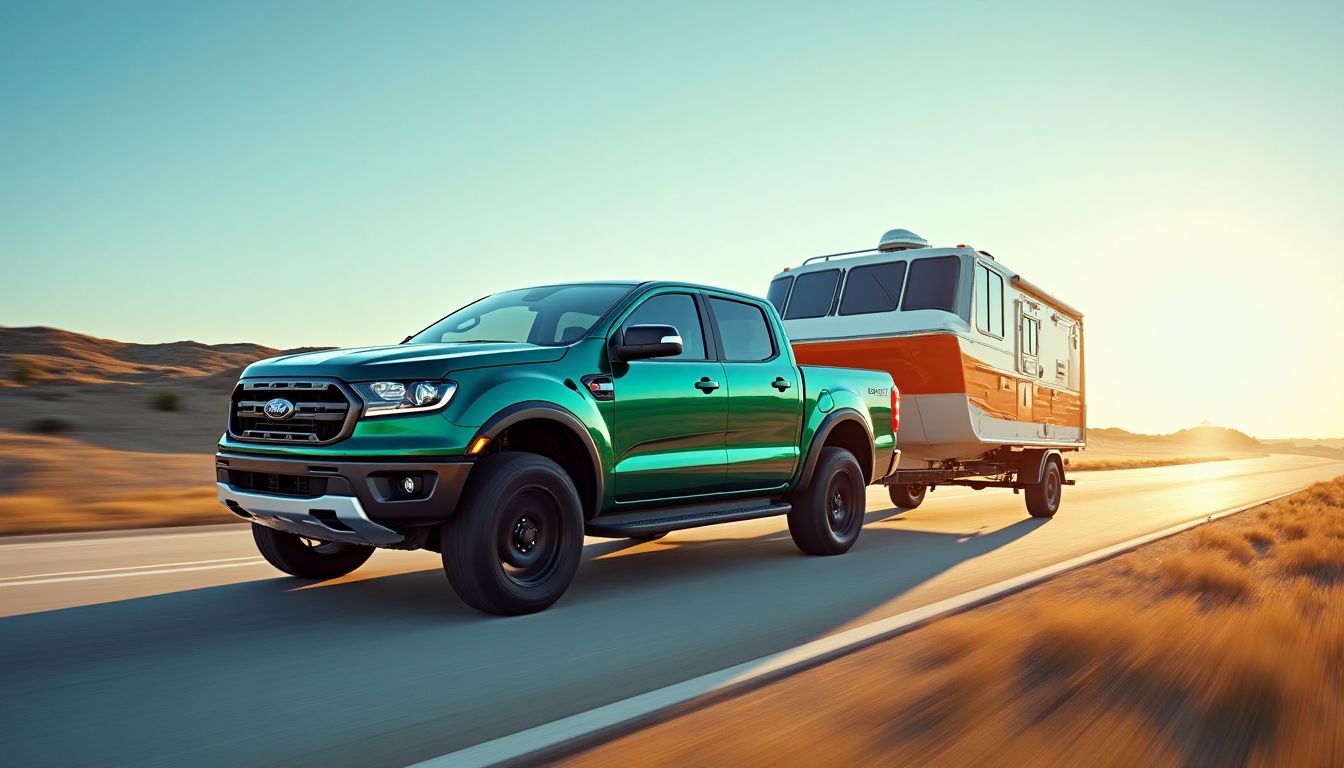
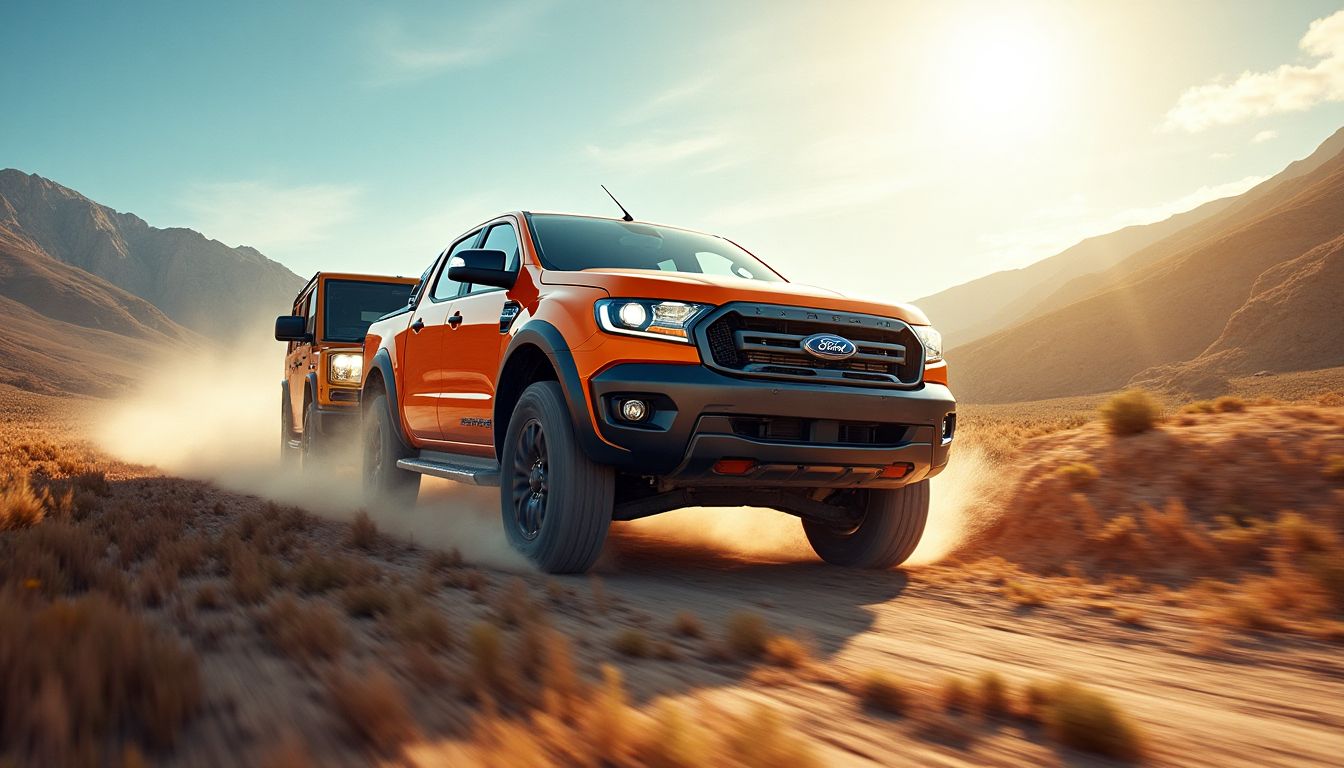
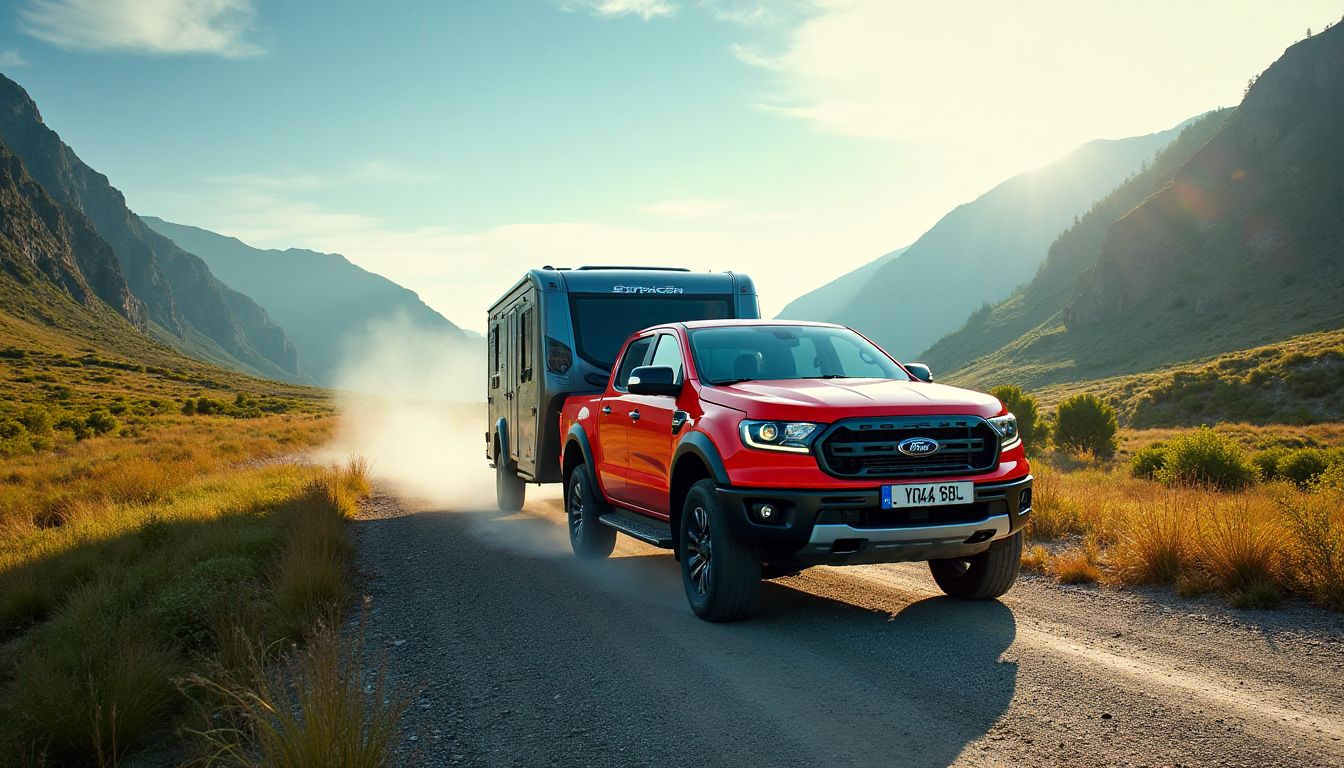
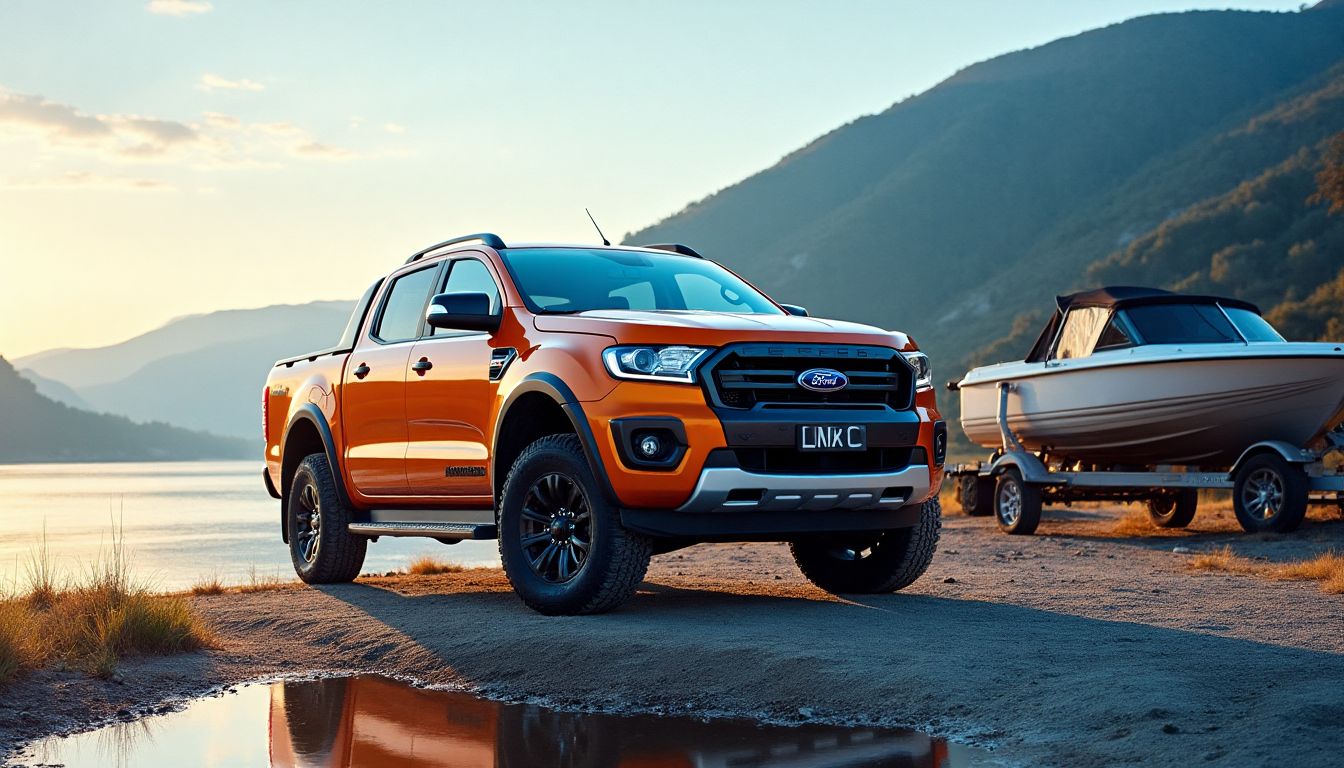

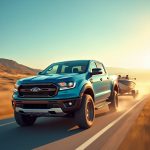
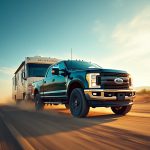
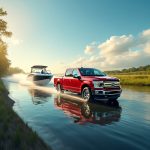
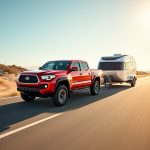
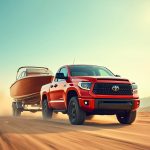
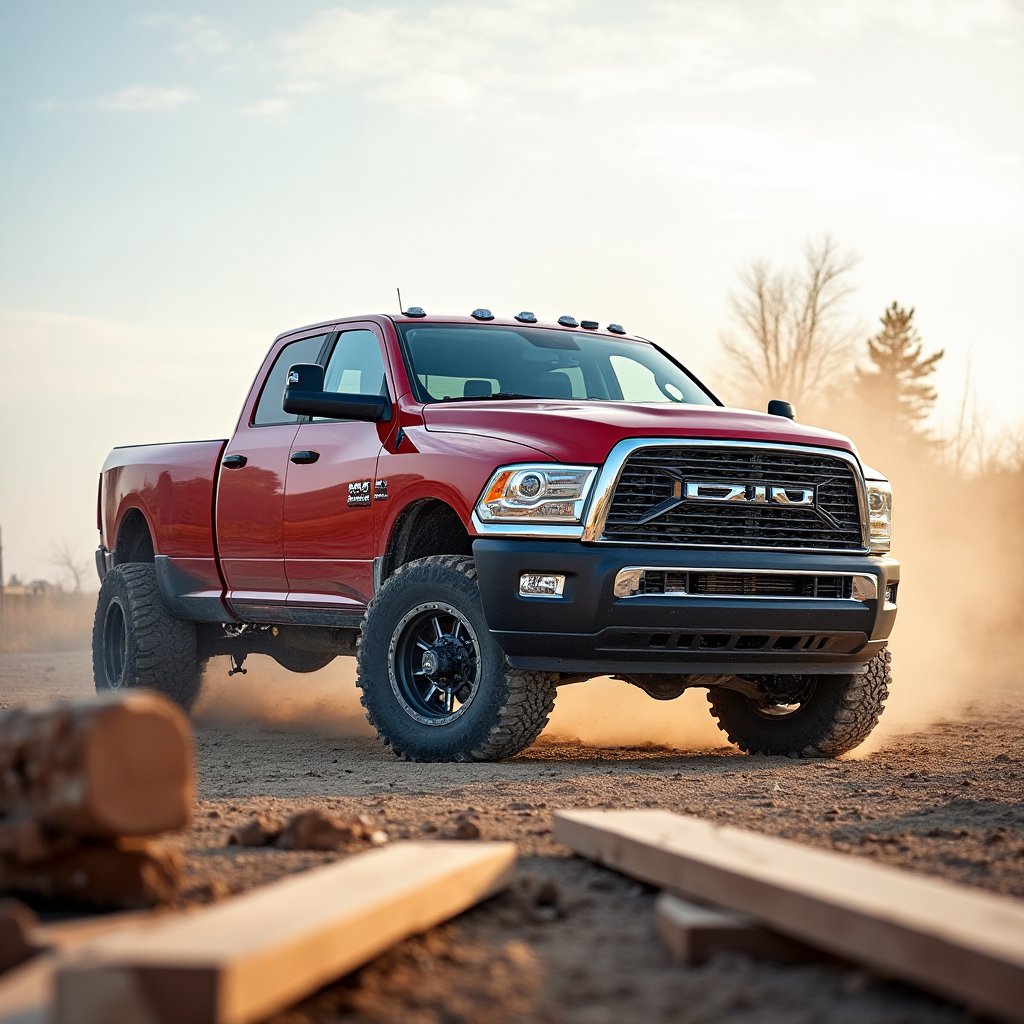
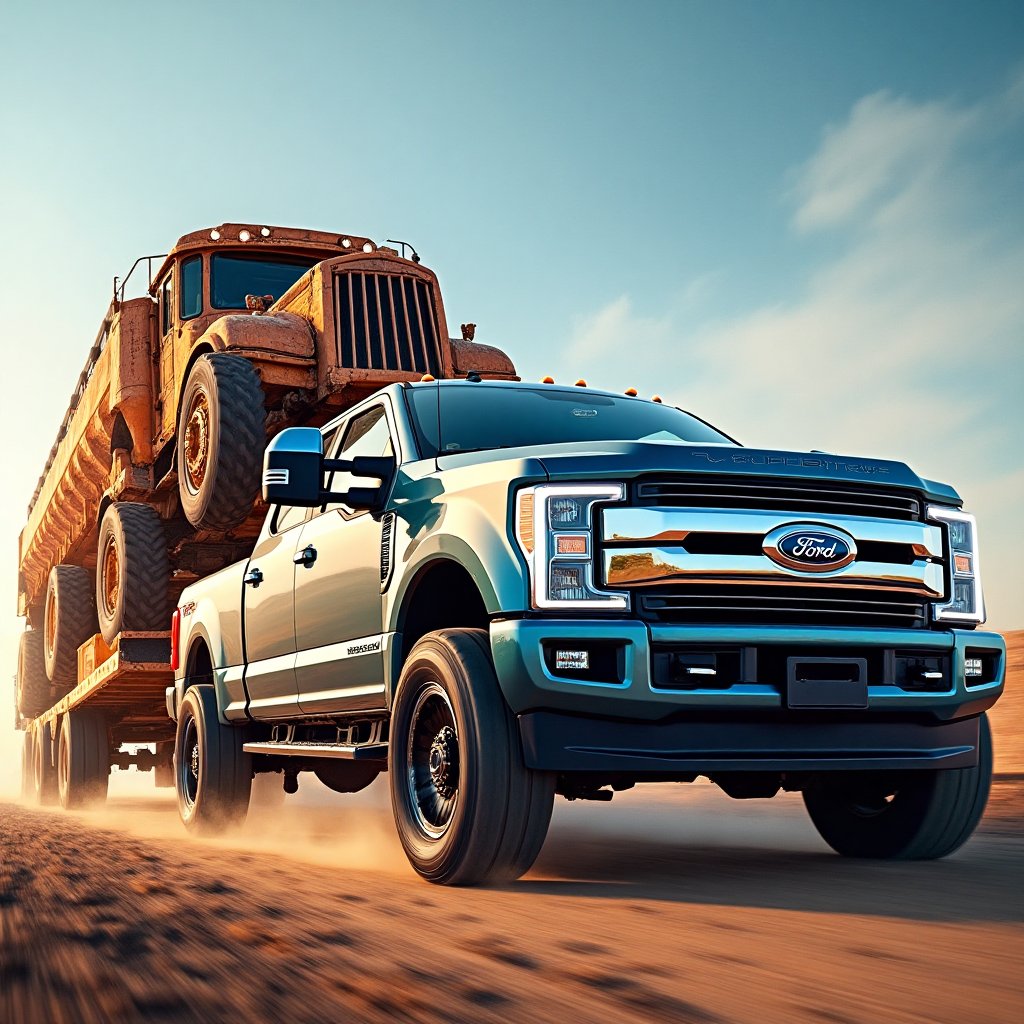
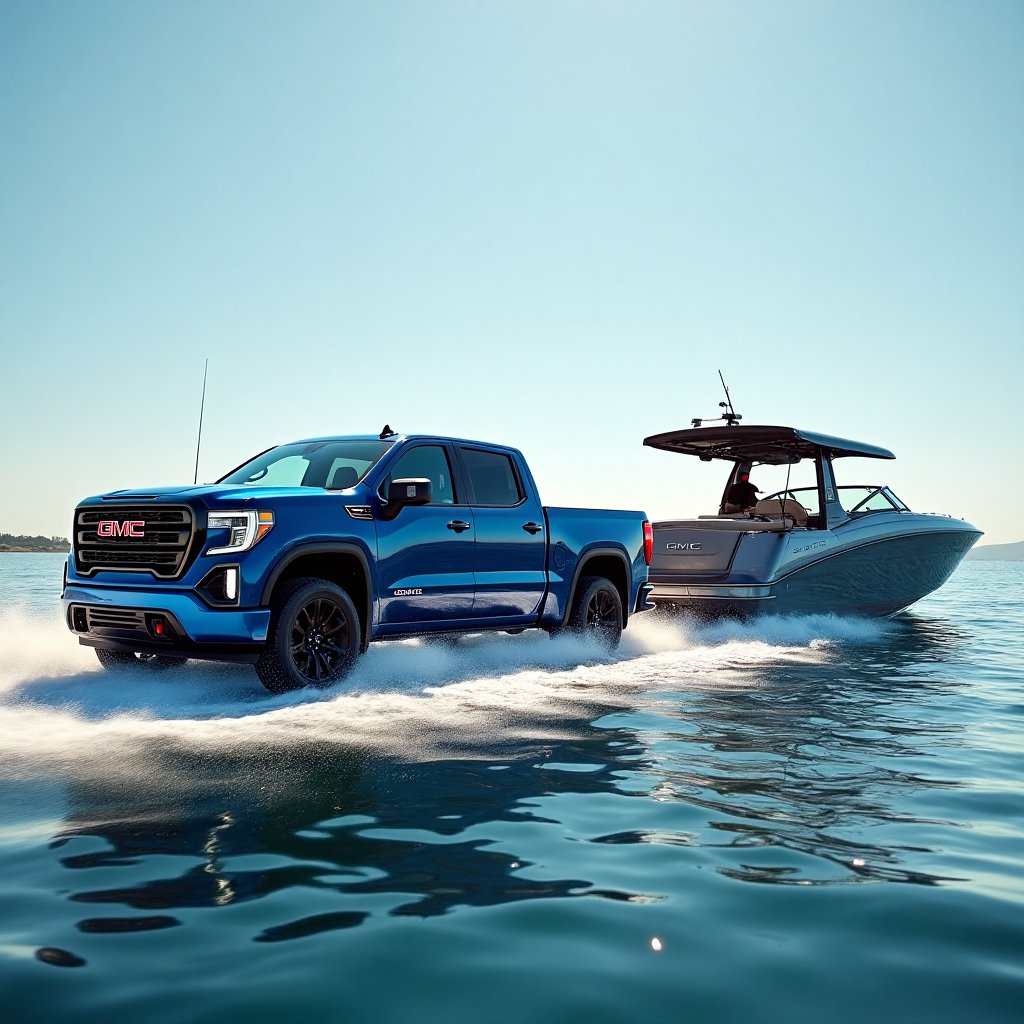















Post Comment
You must be logged in to post a comment.